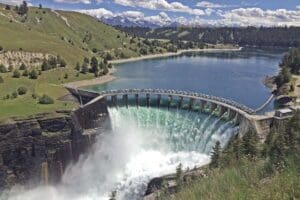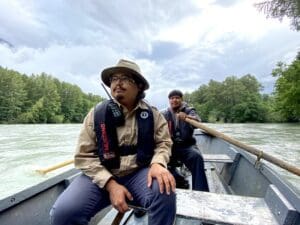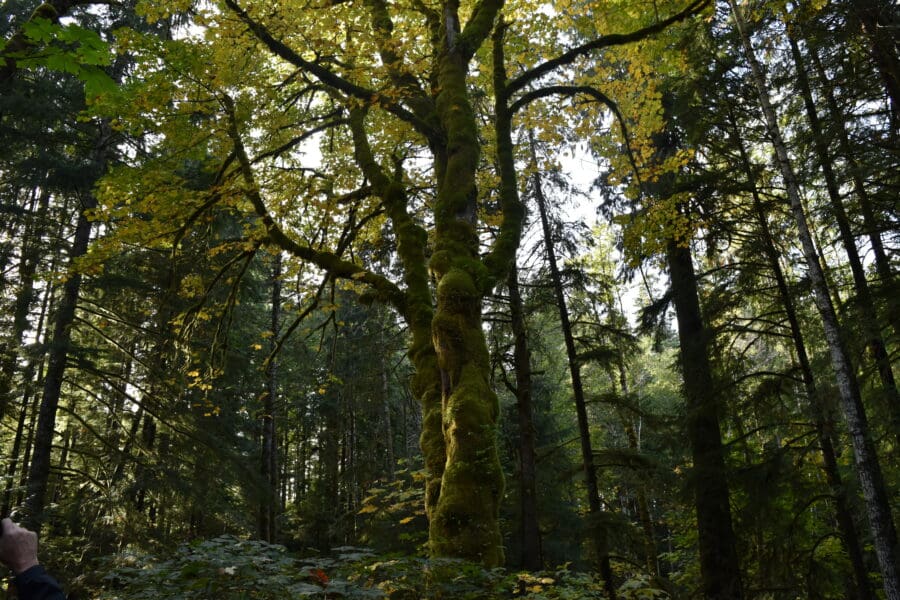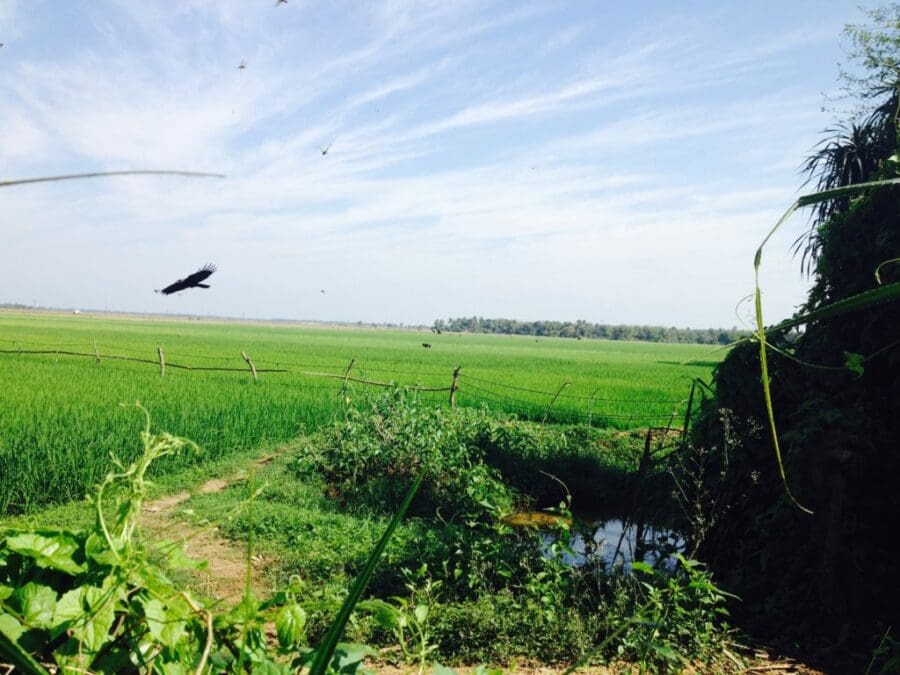When Shane Morigeau was growing up on the Flathead Indian Reservation, he knew that the land inside the fenced National Bison Range was different from the tribal lands elsewhere on the reservation, at the base of Montana’s Mission Mountains or the shores of Flathead Lake. He remembers being a kid in his dad’s truck, driving past while his father explained that the lands inside the fence weren’t tribal lands anymore. As tribal elders tell it, it was common knowledge that the fence was as much to keep them out as it was to keep bison in. “It happened long ago,” Morigeau said, but “it still resonates across generations.
In December, a bipartisan bill that would transfer the lands and management of the National Bison Range to the Confederated Salish and Kootenai Tribes looked as if it might die in Congress with the end of the session. Instead, it was attached to a must-pass package of COVID-19 relief and government spending bills, and, unexpectedly, it passed. After a century of work, it felt sudden, said Morigeau, a tribal member and attorney for the Confederated Salish and Kootenai Tribes and a Montana state legislator. “It happened so fast, it just really hasn’t sunk in.”






